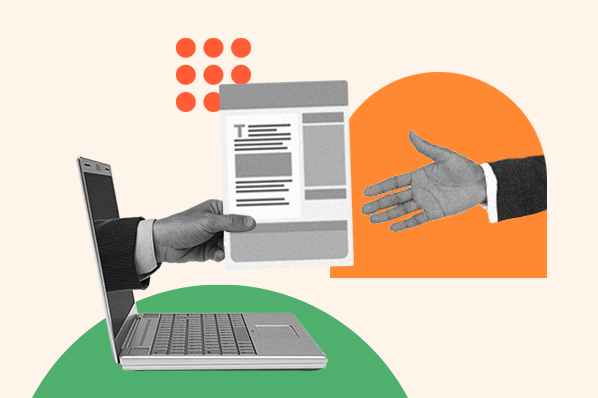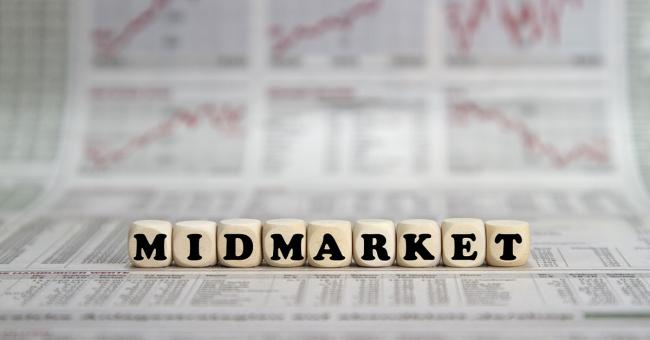The newsletter is known for its advertising aspect, often overshadowing some of the other possibilities that this distribution channel offers. When utilized effectively, it can drive traffic to your website, acting as a bridge between you and your subscribers.
Artificial intelligence and digitalization enable exchanges using new communication methods. Thus, with the development of the internet, the proliferation of websites, and the omnipresence of social networks, newsletters are now accessible to everyone. It is a cost-free communication method increasingly used to gain visibility, showcase various company actions, and introduce new products or services. It remains a foundation for establishing relationships with the press and an essential means of conveying company actions.
To avoid ending up in spam folders or boring newsletter subscribers, it’s crucial to understand that newsletters adhere to strict rules regarding content, format, regularity, appearance, and content quality. Newsletters can serve multiple functions, including providing additional revenue streams.
A potential source of revenue Remember that newsletters are not intended for self-promotion. They serve as a business card to your clients and remind them regularly of your presence. A well-constructed newsletter is shareable, generates buzz, and is therefore an excellent way to connect with new prospects. A well-structured newsletter can become a source of revenue through methods such as banner ads, product placement, or links to your services—ways to monetize the time invested in its design.
Quality above all Remember that nobody subscribes to receive advertising. When crafting a newsletter, the goal is to create comprehensive content that adds value for your readers. According to an Altics survey, 46% of internet users find the newsletters they receive disappointing. This leaves you with even more opportunities to be appreciated if you use an effective and streamlined formula.
However, it’s worth noting that while advertising may drive away subscribers, 26% of respondents state that good deals and advice are content demanded by readers. To ensure quality, it is essential to structure the format well and develop engaging content for your readers. The goal is to encourage subscribers to visit your site and read as many articles as possible. Don’t hesitate to offer deals, tips, advice, information, or updates on your activity. If you still want to promote yourself, do so discreetly by briefly mentioning your latest products.
Write well and pleasantly Even if you have quality content, sending a newsletter filled with spelling mistakes and poorly presented content will only make the reader want to close it immediately after opening it and unsubscribe thereafter. The newsletter’s design should encourage reading, allow for easy navigation at a glance, remind readers of your website or brand codes (and therefore not be too different from what you usually do), and be stable. For the latter point, each new newsletter should follow the format of the previous one to resemble it (without being entirely identical, of course), all to ensure that the reader can find the information they’re looking for.
Necessary regularity For your readers to eagerly await your newsletter, they need to know when they will receive it. Like a magazine, establish a clear periodicity and inform your subscribers upon registration. It must be consistent to gain acceptance and should not be limited to an email informing about a simple clearance sale of your products. Consider your periodicity carefully, as your audience will differ for daily, weekly, monthly, or even semi-annual newsletters. However, keep in mind that an excess or lack of information can lead to disengagement. Once the periodicity is defined, stick to it! Do not commit to an action you cannot fulfill.
Avoid what can send you to spam Like any email, you must avoid ending up in the spam folder. First and foremost, craft a subject line that avoids triggering spam filters, such as titles that promote action like “save,” “win,” etc. Remember that it’s not about advertising. Ensure to use a sender name that reflects the seriousness of your newsletter, avoiding unprofessional addresses (Hotmail, Yahoo…), which sometimes limit the number of sends. As for visuals, use them sparingly as they may not pass through spam filters and slow down loading times.
Don’t forget the unsubscribe link! GDPR Every email, including newsletters, must clearly state the sender’s identity and offer a simple way to opt out of receiving further solicitations (e.g., an unsubscribe link at the end of the message). The CNIL recommends that prior consent or the right to opt-out be obtained through a checkbox. The use of a pre-checked box is prohibited as it is contrary to the law. Failure to comply with these provisions may be subject to sanctions by the CNIL.




